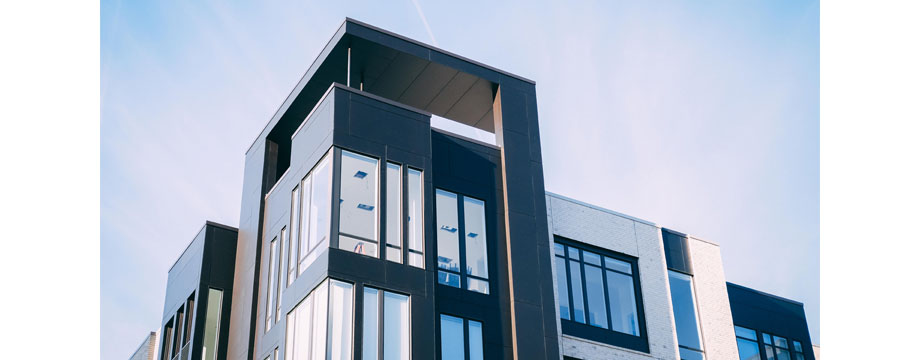Accessibility continues to be an important issue for Housing Associations, helping tenants with a wide variety of needs and requirements to carry out everyday tasks and live more independently. There are, however, still significant gaps in building accessibility across the country. According to figures, 91% of all UK homes do not provide even the lowest level of accessibility , requiring urgent action from the housing industry.
Access control is one way to enhance accessibility, and intercoms with the latest wireless technology make entry into buildings seamless for residents and their guests, while simultaneously preventing unwanted visitors from gaining entry. For those with visual and hearing impairments, as well as the elderly, harnessing accessible technology can significantly improve their quality of life. But which features should housing professionals be looking for from their intercom systems? Here, we look at several key accessibility features and how they can help enhance the tenant and visitor experience.

Choosing the right features
Audio induction loops are a helpful addition, as they wirelessly transmit sound from the intercom in question to a person’s hearing aid. This means that those with hearing impairments can communicate more easily when they visit tenants in the building. People with a hearing aid can simply change it to the ‘T’ (Telecoil) setting to pick up the audio signal from the intercom. Users with compatible hearing aids can cut out unwanted background noise and improve audio communication quickly and easily too – without needing a receiver or handset.
In addition, the latest intercom keypads have been designed specially to make visiting tenants easier for the visually impaired. Devices with backlighting help users to locate and maintain visual attention, particularly compared to more muted varieties. Intercoms featuring yellow rings around the buttons also provide a sharper contrast for visitors with reduced vision, while braille enables them to understand which button is which.
Direct dialling is another user-friendly feature on intercoms. While scrolling intercoms mean visitors must search manually through every entry on the panel to find the right flat, systems with direct dialling functionality make it easier and faster to get through to the tenant in question. By simply pressing the flat number, visitors can call residents directly. For this reason, direct dial intercoms are an ideal addition for large blocks with many more units than standard scrolling intercoms.

Added benefits
As well as helping the visual and hearing impaired, wireless access control systems also bring benefits for the UK’s ageing population. People are living longer lives – in 2016 there were 1.6 million people aged 85 and over, and by mid-2041 this number is expected to double to 3.2 million. Improving accessibility will be key to helping them lead safe and independent lives for longer – whether they choose to stay at home or move to sheltered housing or residential care.
The latest wireless intercom systems are powered by GSM – the Global System for Mobile Communications, or the same technology that powers mobile phone calls. As a completely wireless, digital system, GSM makes plastic handsets and traditional wired intercoms redundant. This means that residents can answer the door wherever they are via their preferred device, which is ideal for those with mobility issues. As part of Intratone’s commitment to inclusivity, all of our wireless intercom devices include GSM technology to help aid accessibility.
Accessibility for all
In the coming years, accessibility will continue to grow in importance for Housing Associations as the population ages and as tenant needs become more diverse. Prioritising accessible features on intercoms is a straightforward and low-cost way for housing professionals to embrace inclusivity and make the tenant experience as seamless as possible for everyone.
To find out more about Intratone’s accessible access control solutions, visit www.intratone.uk.com.
- Log in to post comments













